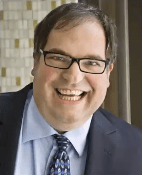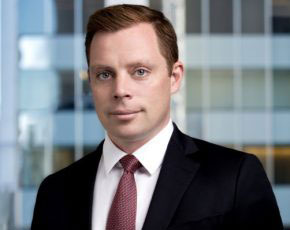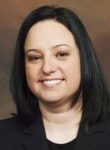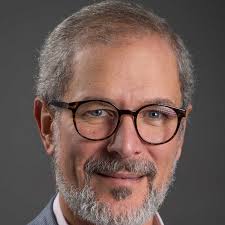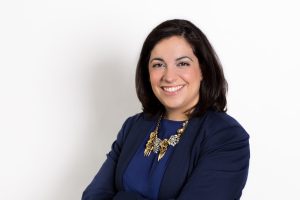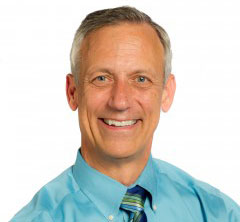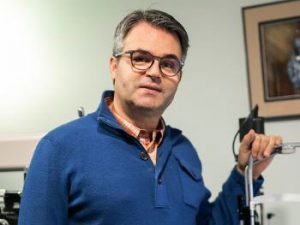
The Ontario Association of Optometrists (OAO) have finally said, “enough is enough” to the Province of Ontario. On June 15 an internal communication from OAO President, Sheldon Salaba, went out to Ontario’s optometrists asking them to refer non-routine cases to other health care personnel and resources, including hospital emergency rooms, according to an article published in Canada’s largest newspaper, the Toronto Star.
The purpose of the job action, and the associated public relations effort, was to bring the province to the negotiating table after nearly 30 years of insignificant fee increases. While the action has brought awareness to the plight of Optometrists and generated a significant amount of favourable lay press articles, not all of them have been flattering to the profession or the regulator.
What’s The Math?
The cost of an eye examination, made by an independent consultant to the OAO, is estimated to be between $80 and $90 per eye exam. The provincial reimbursement has been stuck at a level of nearly half the cost for years, leaving an untenable situation where ODs are subsidizing the public purse to the tune of approximately $40 per eye exam.
According to various reports, the action is targeted to cost the province between $250K and $500K per day; an amount that is designed to catch the province’s eye.
Mixed Newspaper Coverage
While many local media took up the story, bolstered by effective local spokespersons, to reinforce the position of the Association, Canada’s largest circulation daily, The Toronto Star, responded with a scathing opinion piece, replete with overused eye puns, (“Blinded by money and oblivious to patients, the [OAO] has lost sight of professional ethics”) and a slightly less derogatory editorial which acknowledges the situation but criticizes the OAO’s tactics, particularly during the pandemic.
The Star opinion piece also took aim at College of Optometrists president, Patrick Quaid for “willful blindness” and calling for the regulator to be held to account, “If recalcitrant optometrists are not disciplined”.
In contrast, The Globe & Mail, Canada’s second largest daily newspaper, took a fact-based reporting approach to the OAO job action.
Where Does It Stand Now?
On August 13, The Star reported that Ontario Premier Doug Ford encouraged Optometrists to cease the action and reported his willingness to meet the optometrist to resolve the dispute.
The Globe reports that the province has now taken a “positive step” and begun a dialogue with the OAO. According to Salaba, the job action will not cease until the Ontario government agrees to negotiate new fees.
There has been no publicly reported meeting between the OAO and the province, as of August 18.
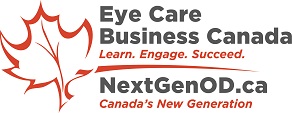



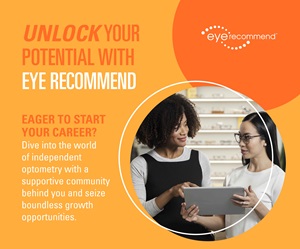
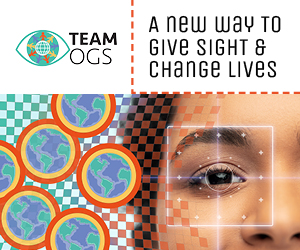

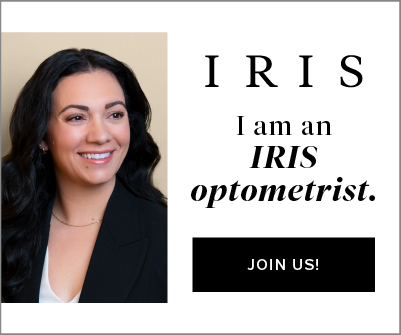
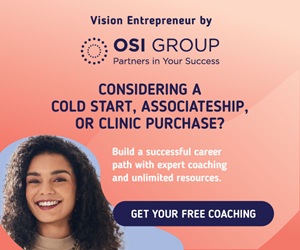
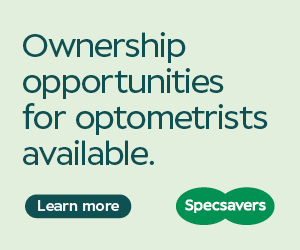
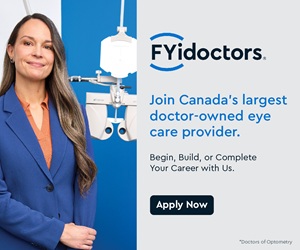

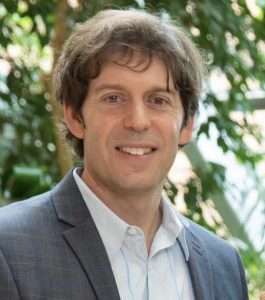
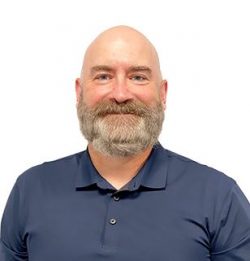

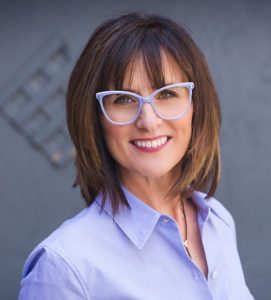
 While the “
While the “
